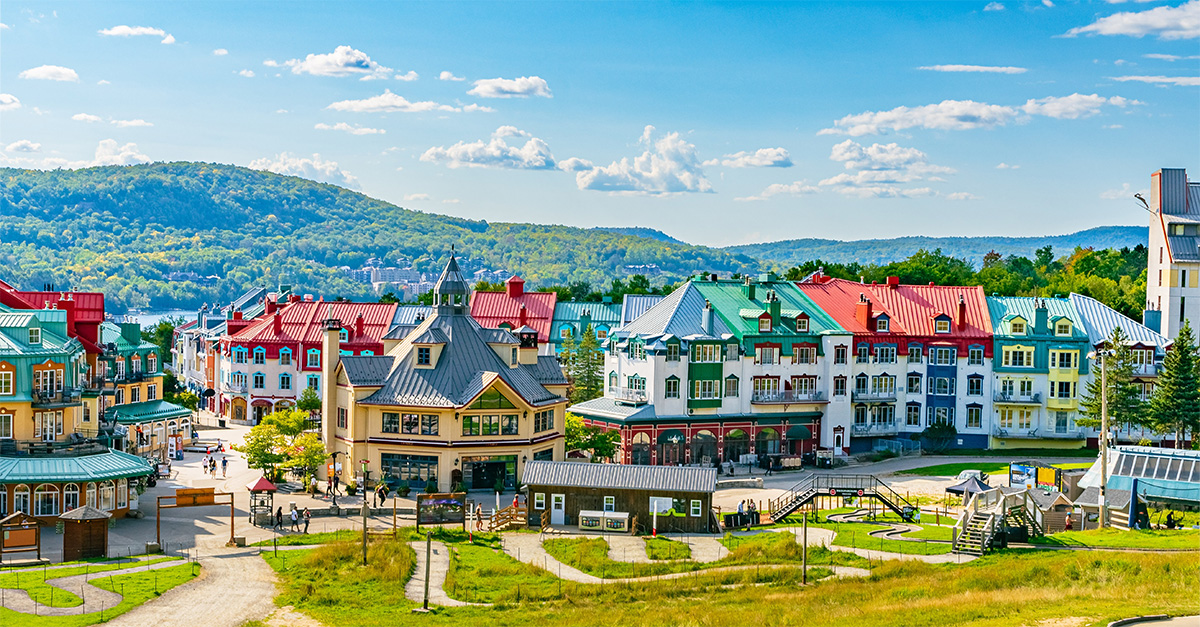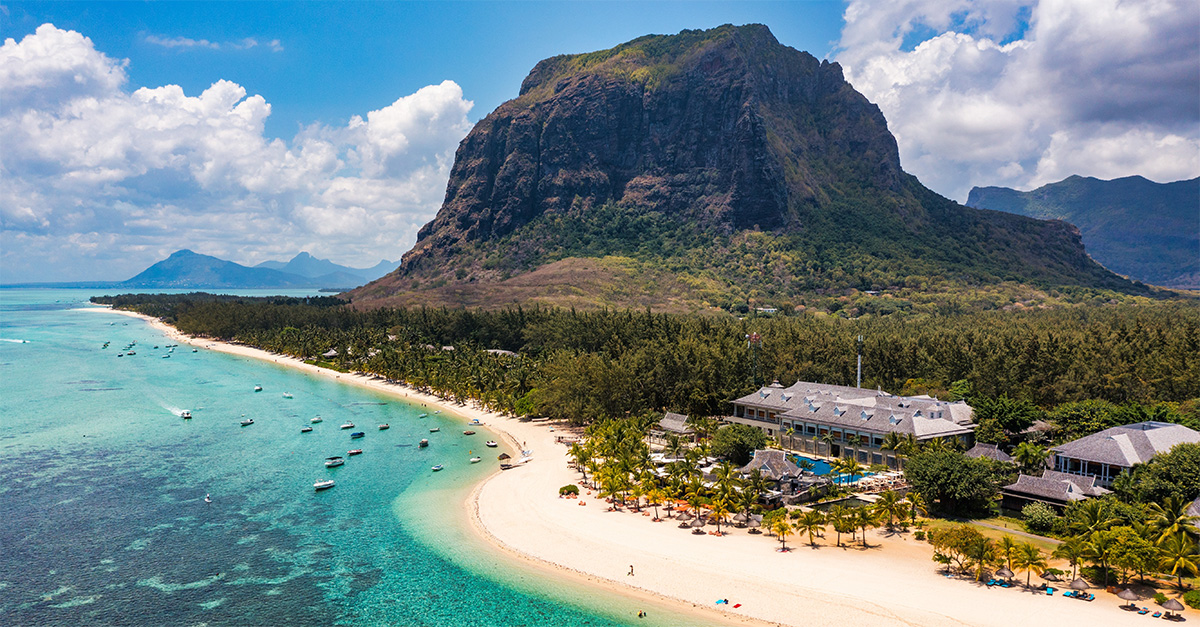With its perfectly clear, blue waters, winding coastal roads and brightly coloured houses clinging to the cliffside, the Amalfi Coast is a picture of perfection, and one of Italy’s most popular tourist spots.
While nowhere has remained untouched by the credit crunch, the Amalfi Coast has stood up well to the pressure. TUI Travel took some capacity out of the market this year and reports the area is selling well.
Other operators report similar numbers to last year, with bookings starting to come in for next year. Hoteliers are freezing prices for 2010 to help boost the market.
According to Gary Boyer, head of product development at Classic Collection Holidays, its enduring appeal is down to both its amazingly beautiful geography and its quintessentially Italian style.
“It’s full-blooded, classic Italy,” Boyer says. “The food is wonderful, and it’s very welcoming to the British market.”
The buoyancy may be somewhat explained by the exclusive nature of the area. Sorrento has more to offer the mass market, but the Amalfi Coast proper is still extremely high end and is a great option for well-off couples.
The only real change in the last five years, reports Kirker Holidays sales and marketing director Ted Wake, is a proliferation of deluxe boutique hotels to accompany the larger properties that are available.
Amalfi
Located at the mouth of a deep ravine, at the foot of Mount Cerreto, legend has it that Amalfi is named after a nymph loved by the god Hercules, who decided to bury her in the world’s most beautiful spot when she died.
The heart of the town is the duomo, an imposing cathedral that dominates the main square. Remind clients not to limit themselves to the main building – they would miss the lush tropical gardens of the cloisters. Back from the main drag, the narrow pedestrian alleys reflect the town’s Moorish flavour, with whitewashed houses linked by arches.
Easily visited from the town by boat, the Grotta dello Smeraldo, or Emerald Grotto, shouldn’t be missed. Discovered in 1932 by a fisherman, the name was coined as a result of the vivid green colour of the water inside the grotto. Nearly 25 metres high, the cave is full of stalactites and stalagmites.
Positano
This is the source of much of the iconic imagery of the Amalfi Coast – pastel-hued villas tumble down steep cliffs to the sea, crowned by the green and yellow majolica dome of the Church of Santa Maria Assunta.
Relatively quiet until the 1950s, Positano is now popular with celebs and jet-setters, with plenty of opportunities for shopping, eating and people watching. Warn clients that finding parking is almost impossible in high season, and advise flat shoes for negotiating the town’s many steep steps.
Ravello
Suspended 350 metres above the waves, Andre Gide wrote that Ravello was “closer to the sky than the sea”. Founded as a smart suburb for the richest families in 12th century Amalfi, it certainly provides some of the best views anywhere on the coast.
It’s also a peaceful place, which may be one of the reasons it has proved so popular with creative types, from ancient writers such as Boccaccio to more recent authors such as DH Lawrence and Virginia Woolf.
A stroll around the town is rewarded with some of the finest ornamental gardens in Italy. Villa Rufolo was built by one of the richest Patricians in the 13th century. Its vast terrace overlooks the sea and is the venue for classical music concerts. The castle-like Villa Cimbrone has played host to Greta Garbo and is now a hotel.
Sorrento
It’s not on the Amalfi Coast proper, sitting on the other side of the promontory on the Neapolitan Coast, but Sorrento still maintains the look of an ancient town perched high above the sea.
Full of flower-filled piazzas and pavement cafes, Sorrento is a place to mooch around and people watch. It’s the most touristy town in the area and can suffer from overcrowding with day trippers.
However, it’s a great location from which to see this area, well placed for trips to the distinctive humpbacked volcano, Vesuvius, and the nearby towns of Pompeii and Herculaneum which it buried in AD79. Rediscovered in the 1700s, these partially excavated towns present a snapshot of Roman life in the first century AD.
Alternatively, suggest clients make a trip to the less well known – and thus less crowded – Paestum, home to some of the best preserved Greek temples anywhere in the world.
Capri
Whether clients pop over for a day trip on the ferry from Sorrento, or stay for a few nights, they shouldn’t miss this limestone island just off the coast.
Synonymous with glamour and celebrity, Capri started its career as a tourist destination by hosting Roman emperors, and has retained a superior class of clientele to this day. It has welcomed Liz Taylor, Brigitte Bardot, Tom Cruise, Julia Roberts, Eddie Murphy, and even Lenin.
Capri Town is a picturesque collection of white houses joined by flower-draped alleyways, which sits 450ft above the harbour, reached by funicular railway.
Recommend clients visit the Faraglioni rocks, which jut out into the sea, and Villa Jovis, installed by the emperor Tiberius, who loved Capri so much he refused to return to Rome.
Sample packages
Kirker Holidays offers a twin-centre break with four nights at the Hotel Punta Regina in Positano and three in Capri at the Casa Morgano on a bed and breakfast basis, plus flights and transfers, from £1,689. kirkerholidays.com, 020 7593 2288
Classic Collection Holidays offers seven nights’ bed and breakfast at the Grand Hotel Excelsior Vittoria, Sorrento from £1,425 per person including private transfers and return flights. classic-collection.co.uk, 0800 008 7288
Attraction World offers 11 excursions including a day trip to Capri for £89 and a day trip to Pompeii and Vesuvius for £54. attractionworld.com, 0871 984 8008




